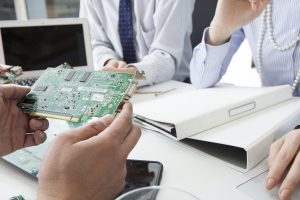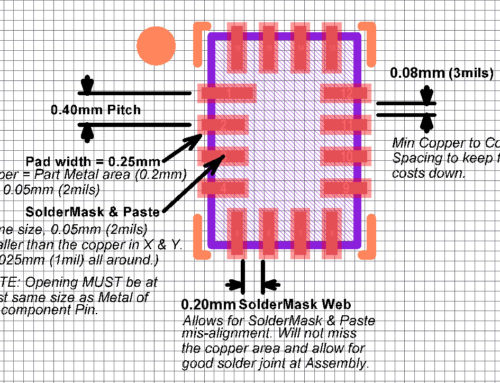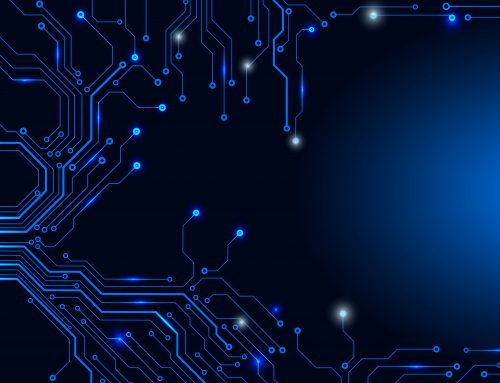
Printed Circuit Boards (PCBs) are everywhere; they act as the foundation for almost every electronic in your home and on the market today. You might recognize PCBs as the thin green metal boards you might find with a computer, digital clock or cell phone. It was the development of these printed circuit boards that enabled electronics to become more compact and efficient.
PCBs were designed to connect electronic components via conductive pathways. These boards are essentially the ‘brains’ of any electronic device. Without a PCB your smartphone, or any other electronic for that matter, would not be able to operate the way it was intended to. A PCB is constructed of layers, and like any good cake, the more layers it has the more complex it is.
Due to the complex nature of these circuit boards, a PCB is only as good as its design. However, before you can start on the design you need to first decide on the schematic for your circuit. PCB designers in Los Angeles must have an idea of what their PCB will look like and how it will be used before putting pen to paper. Your circuit schematic serves as a blueprint for your PCB. Once you have drawn your schematic, whether in a PCB design software or by hand, the next step is to design the board.
Depending on the PCB design tool you use, your circuit schematic will be easily transferable into a printable layout. You will want to choose a design software that allows you to modify and alter your PCB design to match your requirements. There are many design software systems that can help you with these tedious tasks, but if you’re looking for an easier design process you might want to hire a freelance PCB design company in Los Angeles.
After you are satisfied with your newly designed circuit board, it is ready to be sent off to manufacturing. The design must follow the industry standard format and be exported as a CAD, or Gerber, file. This specific file format functions as a detailed set of instructions for your manufacturer. Once the individual layers of your PCB have been created, your board is ready for assembly. Assembling a PCB yourself requires immense focus and meticulous construction, which is why most manufacturers will assemble your PCB for you.
The last and final step to designing a PCB is making sure it actually works. Troubleshooting your printed circuit board confirms or denies that your board functions and follows the blueprints. A technician will also perform an electrical test to certify the PCB structure is sound. White-box testing examines all possible pathways of the board while black-box testing only tests the inputs and outputs.
A PCB designer will not only be able to help you decide which PCB design is best suited for your needs, but he or she will also be able to direct you to a reliable design software and reputable manufacturer. If you are looking for a PCB designer in Los Angeles, Golden Gate Graphics can turn the idea in your head into the design you need.




Leave A Comment